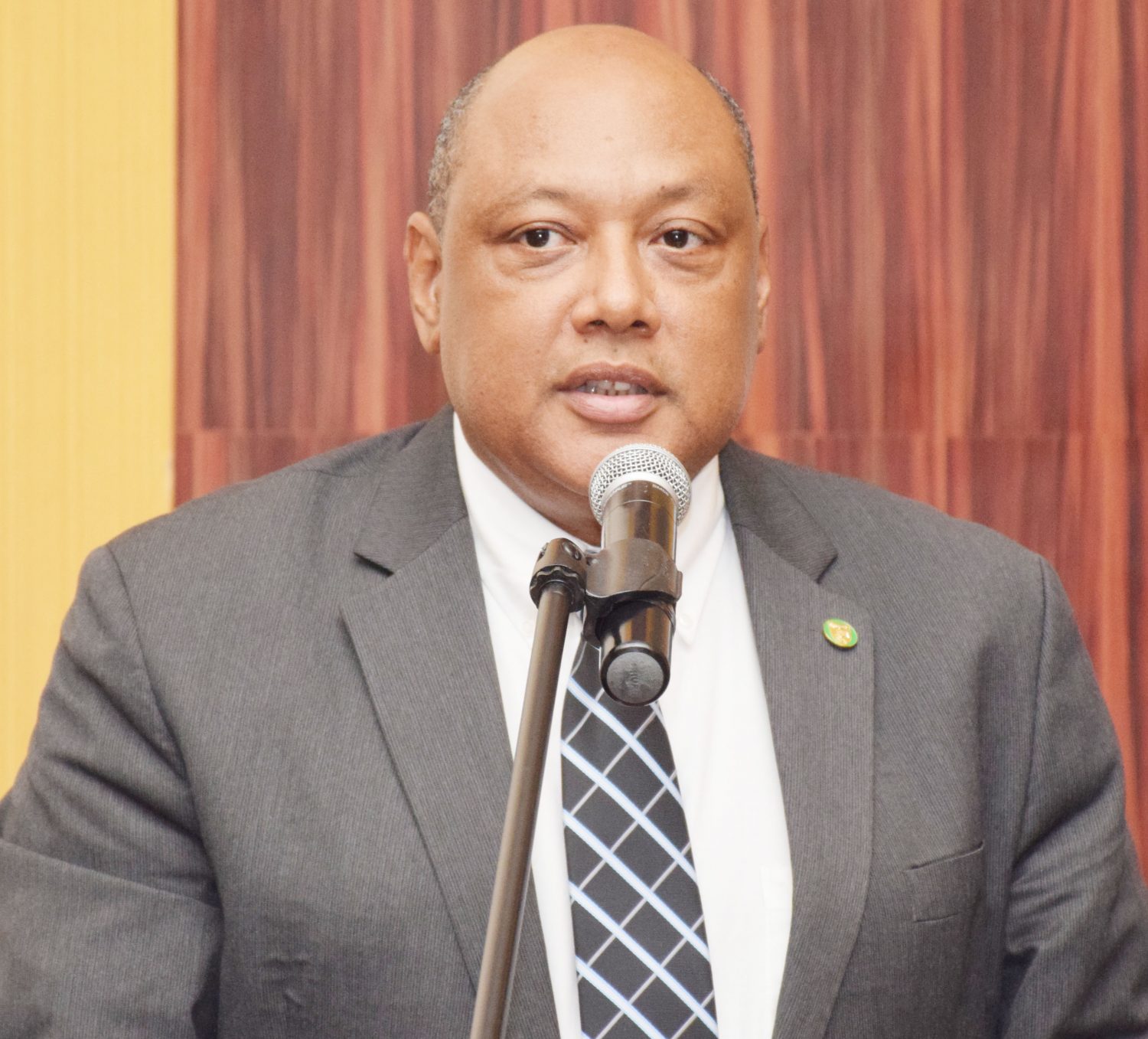An international firm will advise the Guyana Government on how to market the country’s remaining unassigned oil blocks, according to Natural Resources Minister Raphael Trotman.
“Cabinet has determined that an international firm will be retained to guide and advise that process going forward,” Trotman told Sunday Stabroek.
“A short-list of capable firms is being compiled for Cabinet’s consideration. Once I have further details, I will communicate. There are a number of companies that have submitted applications for concessions and discussions have been had with some foreign governments about other companies taking concessions,” he added.
Last year, Trotman had explained that government was yet to decide how the remaining oil exploration blocks would be assigned but emphasised that “national interest” would be the determining factor.
His comments were made in light of a suggestion by government’s petroleum advisor Dr Jan Mangal previously said that competitive bidding is the way to go to avoid the risk of corruption.
“We are committed to ensuring that whatever decision we take is guided by the vision as to what is best for the people of Guyana who are the owners of the national patrimony. Cabinet will consider this matter in the upcoming months,” Trotman said after being asked whether the remaining blocks would be auctioned.
Whilst there are a few remaining oil blocks offshore Guyana, the much sought after areas have been all but taken up; save and except one small area,” Trotman said in response to questions posed.
Mangal, in a letter, had noted that most countries had abandoned the “open door” method of direct negotiation with the interested party.
Following the discoveries made by ExxonMobil, he added, Guyana has been “de-risked” and is now in a position to use competitive bidding for the award of leases, which ensures that it leverages market forces to maximise its share.
He further stated that the risk of “government friends and family illegally obtaining leases will be significantly reduced if an independently managed and well audited competitive bidding process is used.”
Following a blunder by Minister of Public Infrastructure David Patterson, who last year had said at a press conference that all the blocks had been allocated under the former People’s Progressive Party/Civic (PPP/C) administrations, Trotman had informed that only a small area offshore remained.
Sunday Stabroek last week asked Trotman for a breakdown of the remainder and he referred this newspaper to the Acting Commissioner of the Guyana Geology and Mines Commission (GGMC) Newell Dennison for the information.
Dennison explained that from the rough determinations, approximately 9,500 sq. km are available within the coastal environment, 24,000 sq. km within the environment of the continental shelf, 10,000 sq. km within the deep water environment and 9,000 sq. km within the ultra-deep water environment.
Guyana has two demarcated basins that have hydrocarbon potential–the Stabroek Basin, which is partly on shore and offshore Guyana, and the Takutu Basin, which is in the Rupununi area.
However, most interest has been on the offshore area and particularly in the deep sea following the major discoveries there by ExxonMobil.
According to a GGMC map that was updated in February last year, there are not many areas left that have not been contracted out to companies. The companies that have blocks in the deep water area, offshore Guyana, are: Repsol and Tullow Oil (the Kanuku Block); Tullow (the Orinduik Block); Anadarko (the Roraima Block); Ratio Oil (the Kaieteur Block); Esso, CNOOC Nexen and Hess (the Stabroek Block); Esso, Mid Atlantic and JHI (the Canje Block; CGX (the Demerara and Corentyne blocks); ON Energy; and Nabi. All were granted contracts during the PPP/C’s time in office.
The Ministry of Natural Resources has not realised the dates of when the blocks were contracted out nor has it specified how many blocks each company obtained but government has said that all contracts will be made public.
Trotman echoed this position to this newspaper, saying that his ministry will publish all contracts as it receives “the clearance from the companies that they have no objection or any other guidance that we need to have.”
He said that another contract would be released this weekend and, thereafter, at the rate of two per month.
The Production Sharing Agreement (PSA) between Guyana and ExxonMobil’s subsidiary and partners covers some 26,806 sq. kilometers of ultra-deep area totalling approximately 600 blocks, which has generated strong criticisms given that it exceeds the 60 blocks prescribed by the law.
“Janet Jagan granted the company a Prospecting Licence over approximately six hundred blocks when the law sets a limit of sixty blocks, except where special reasons exist for a larger number,” analyst Christopher Ram wrote in his Stabroek News column last September, while noting that it would not be easy to justify the excess that had been granted.
Former president and Jagan’s successor Bharrat Jagdeo has since justified the decision, saying that prior to the ExxonMobil discovery in 2015, though lots of money had been invested in oil exploration, nothing had been found. As a result, he said when Jagan granted the blocks to the company, there were not many “takers.”
But it is not the first time that a company had been given more than the prescribed number of blocks, with Satira in 1987 and Hunt Oil in 1989 being given more as incentives to start explorations here.
Later, in 1996, when Century Guyana and Maxus Energy (now Repsol) showed interest, the same terms were offered.
Following the release last week of the PSA signed between Guyana and CGX, bearing almost identical terms as the ensuing one with ExxonMobil and its partners, former president Donald Ramotar explained that the template has been in use since the 1980s.





